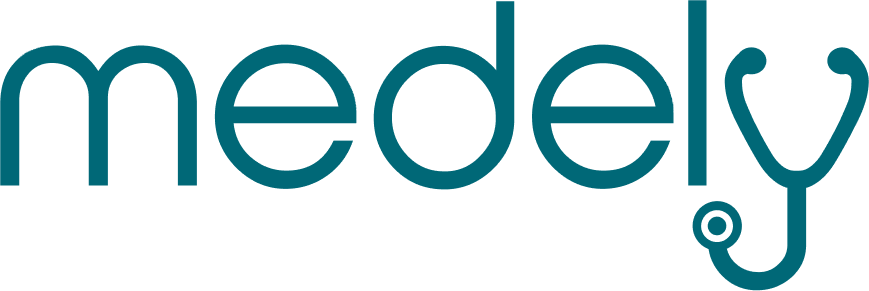Thorough, accurate documentation is a nurse’s best friend when it comes to providing safe, comprehensive, evidence-based care to their patients. As the first point of contact, documentation is additionally a vital aspect of healthcare in which nurses must engage and take seriously, for the benefit of the patient as well as their care team.
It may seem daunting, but it’s all part of the job. Once a new nurse gets the hang of it, they’ll be able to make textbook care accounts with both eyes closed. This article expresses nursing documentation made easy, and will show you what to do, and how best to get documentation right.
What is Nursing Documentation?
Non-medical personnel will be more familiar with the idea of a patient’s chart. This is essentially what a nursing document is: a thorough, time-based anecdotal record of the course of care given. It will include such information as patient information including MRN, medical history and allergies, diagnoses, care plans, operations schedule, and so on.
The chart is a way for multiple medical professionals treating a single patient to communicate with one another about the course of care. This ensures that medical attention given is efficient, meticulous, and the best it can be. Not only this, but good documentation can save a nurse from legal suits in the event of a mishap.
Top Nursing Documentation Tips
Here are some suggestions from experienced nurses that may help a new nurse get documentation right on the first go.
- Take notes as you go. It’s easier to fill out a chart later if you have a memory aid to help you recall the days’ events. Take quick, HIPAA-compliant notes during your rounds so that you can easily fill out your patient’s documentation.
- Prioritize allergies. The moment you know a patient’s allergens, write it down! A patient’s well being can go downhill fast if something is administered to them which causes a reaction. You are their first line of defense against such mishaps, so make sure it’s in their chart.
- Accuracy is everything. Precise, objective information will make all the difference over the course of your patient’s treatment. You don’t need to write a novel, but you do need to make sure the information given is absolutely correct. Anything less is considered unethical and negligent.
- Use the correct tools. Patient charts are legal documents, therefore you should only use black or blue ink when writing on them. To this same point, you should avoid erasing any mistakes, and instead note a correction while leaving the previous mark visible.
- Always use approved abbreviations. Sometimes your organization’s abbreviations are not the same as the ones put forth by your school or textbook. The point of the patient chart is communication, so your abbreviations must be legible to all other attending nurses and physicians who need to be able to read your documentation.
- Pay attention to your handwriting. Speaking of legibility. The stereotype of doctors with bad handwriting should not apply to nurses: if you are not a person with naturally tidy handwriting, practice, slow down, or reel in your shorthand so that it is comprehensible to other readers.
- Use automated charting solutions. Not every hospital or clinic will have access to digitized charts or patient wristbands which are scanned every time medication is administered. But, if your organization does have these features, use them! They have been designed to make the charting process easier, and to ensure the safety and wellbeing of the patient.
- Always note the time. How many times have you heard this during your nursing school career? But it’s serious. Treatment of patients is always time sensitive, from noting development of symptoms, to the precise administration of medication. How will you know to give your patient their next dose if you can’t remember when you gave them the previous? Always not the time.
- Avoid opinions. Never write down something which is not factual as though it were. Use quotations where appropriate, and attribute the remarks to their originating person.
- Document physician consultations. Be sure to write down all consultations with physicians and leading nurses. Include their name, title, time of interaction, remarks, and any actions taken.
Nursing Documentation Examples
This section includes a nursing documentation sample.
29 February 2020
1145 – Pt arrives with fever, labored breathing and disorientation. Reports chills, proximal pain in both upper and lower limbs, radiating to mid-leg and arm, 6/10. VS: BP-115/75 HR-105 RR-9 Temp 104 Pulse Ox 93% on RA. Lung sounds checked, slight crackle lower half L+R.
1150 – Thoracic x-ray taken, presented to Dr. for interpretation. Dr suspects viral pneumonia, recommends testing for influenza.
1200 – 18g IV placed to L Forearm, administered saline drip. Labs drawn and sent for Culture, CK, Serology, Basic and CBC.
1230 – VS: BP-111/66 HR-101 RR-11 Temp 104. Flu test returned positive, pt administered penicillin, antipyretics. Isolation procedures recommended by Dr.
1300 – Temp 102. Pt coherent, unable to sit up in bed. Reports continued chills, “muscle pain throughout my whole body. I feel like garbage.”
Final Thoughts: Nursing Documentation Tips and Guide
Documentation is what keeps the wheels spinning for patient care in any hospital or clinic. Follow these tips and guidelines to start writing accurate, effective charts.
